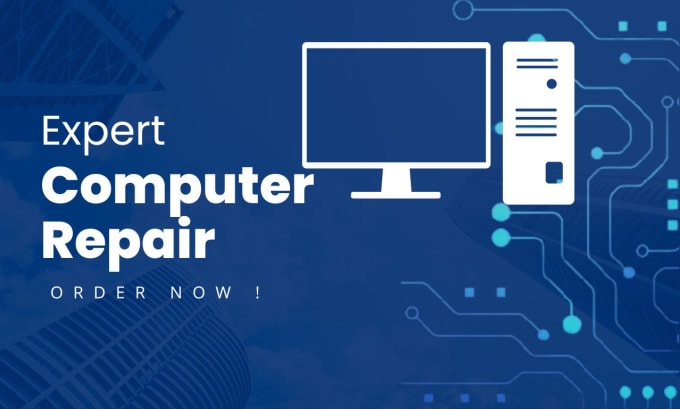Software engineering is a complex and dynamic field that is essential for creating high-quality software. Although software engineering has dramatically evolved over the past few decades, specific problems persistently trouble developers, teams, and organizations. This comprehensive guide will explore the most common software engineering problems and propose realistic solutions to help you streamline your processes and enhance your projects.

Common Challenges in Software Engineering
Understanding the issues is the first step to finding effective solutions. Here are some challenges that software engineers often face:
- Unclear Requirements: The foundation for every successful project is a clear understanding of what needs to be built. Vague or changing requirements can derail a project quickly.
- Technical Debt: Accumulated technical debt can slow down development, make the code harder to maintain, and increase the number of defects.
- Keeping Up with Technology: Technology evolves rapidly, and staying up-to-date with the latest programming languages, frameworks, and tools can be challenging.
- Effective Collaboration: Software engineering is often a team effort, and collaboration between team members, and other stakeholders is crucial for success.
- Project Management: Poor project management can lead to missed deadlines, budget overruns, and a failure to deliver expected outcomes.
- Quality Assurance: Ensuring that the software is free from defects and meets quality standards is of utmost importance, but often challenging to consistently achieve.
Practical Solutions to Software Engineering Problems
Luckily, for each of these problems, the software engineering community has developed a variety of strategies to combat them. Here’s a breakdown of each issue with corresponding solutions:
| Problem | Solutions |
|---|---|
| Unclear Requirements |
|
| Technical Debt |
|
| Keeping Up with Technology |
|
| Effective Collaboration |
|
| Project Management |
|
| Quality Assurance |
|

Tips for Ongoing Improvement in Software Engineering
To further refine and improve your software engineering practices, consider these tips:
- Engage in regular code retrospectives with your team to identify what is working well and what isn’t.
- Collect metrics to measure the quality and performance of your code and development processes.
- Encourage innovation and experimentation within your team to find new solutions to old problems.
- Stay connected with the software engineering community, both online and offline, to share knowledge and learn from others.
- Remember that communication is key; clear and frequent communication can solve a multitude of problems before they become critical.
Frequently Asked Questions For Software Engineering Problems And Solutions: Expert Fixes!
What Is Software Engineering?
Software engineering is the systematic application of engineering approaches to software development, focusing on designing, implementing, maintaining, and retiring software.
How To Solve Common Software Bugs?
Identify the bug through testing, isolate the root cause, correct the code, run comprehensive tests to ensure the issue is resolved, and document the solution.
What Are Best Practices For Code Reviews?
Best practices include clear communication, establishing checklists, keeping reviews short and focused, encouraging positive feedback, and ensuring automated tests are in place.
Conclusion
Software engineering will continue to face challenges, but with the right strategies and tools, these problems can be mitigated or even turned into opportunities for improvement. By focusing on clear requirements, managing technical debt, staying technologically up-to-date, fostering effective collaboration, applying rigorous project management, and ensuring a robust quality assurance process, software teams can overcome common obstacles and excel in creating exceptional software products. Keep these best practices in mind and never stop learning; software engineering is an ever-evolving field that rewards those who diligently seek out solutions and strive for excellence.










